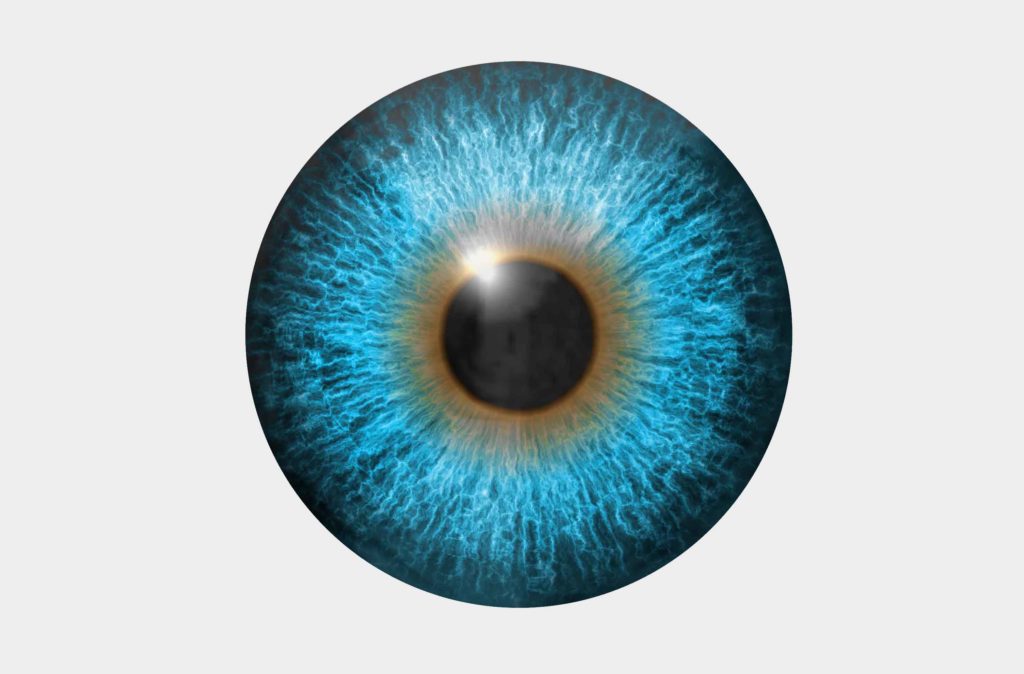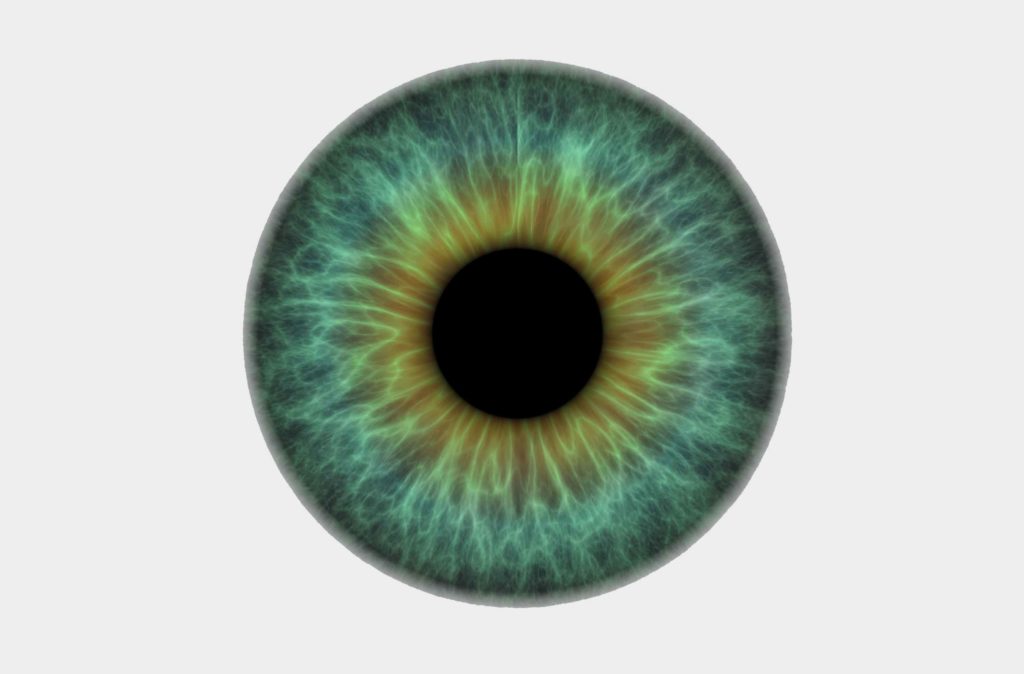
Presbyopia
The elasticity of the lens of the eye decreases at a certain age and it can no longer adjust to near vision. This is called presbyopia, which affects all people from about 45 years of age. Reading glasses become necessary.
There are various surgical options for treating presbyopia – also in combination with another sight defect such as myopia, hyperopia or astigmatism.

Customised laser eye treatment for presbyopia:
Presbyond
With Presbyond technology, presbyopia can finally be treated individually. Presbyond represents a new dimension in refractive surgery – because this innovative laser correction works on the basis of the proven Femto-Lasik method. In addition to presbyopia, myopia, hyperopia and astigmatism are also corrected at the same time.
Presbyond is similar to the classic monovision method, but it offers advantages in terms of individualisation for each patient and also achieves better results in terms of vision.
With Presbyond, the eyes are corrected to different distances. While the dominant eye is corrected to almost 0 diopters, an undercorrection of -1.5 diopters should be achieved in the non-dominant eye. As with classic monovision, the brain is then able to select the sharpest image at near or distance. The main advantage of Presbyond compared to classic monovision is in the intermediate visual range, i.e. the middle distance (e.g. distance to the computer screen).
In contrast to classic monovision, Presbyond creates an individual ablation profile for each patient. This is a kind of fingerprint of the cornea, which is different for each person. By taking into account the spherical aberrations, a better depth of focus is achieved. In addition, the individual size of the optical zone can be adjusted on the basis of the pupil size.
The treatment process:
Presbyond Laser Blended Vision works on the basis of the Femto-LASIK method, which is considered the gold standard among laser eye treatments. We use the excimer laser MEL 90 from Zeiss in combination with the Zeiss CRS-Master to measure the aberrations. In the first step, the flap is prepared with the VisuMax femtosecond laser. This is a flap with a diameter of about 8 – 9 millimetres, which is created on the surface of the cornea and has a thickness of about 100 µm. It is folded over so that the underlying tissue layer, the stroma, can be processed and remodelled according to the existing refractive error.
Based on the individual ablation profile, a treatment customised to the patient is possible and the so-called „blend zone“, i.e. the calculated overlap of two images from the distance and near range, is improved. After ablating corneal tissue with the excimer laser, the flap is folded back; the complete treatment takes hardly more than five to ten minutes per eye.
Superiority of Presbyond over classic monovision:
Due to the improved „Blend Zone“, the brain is more easily able to merge the images of the two eyes, a true binocular image is created. Furthermore, patients are able to see clearly not only in the near and far range, but also in the middle range of about one metre. In addition, it takes longer to get used to the new vision after a classic monovision.
Advantages of Presbyond:
A great advantage of Presbyond is its compatibility with other treatments. If, for example, the eye disease „cataract“ develops later in addition to presbyopia, there is the option of inserting a monofocal or multifocal lens. With a monofocal lens, the advantages of the Presbyond treatment are retained and you can choose the distance you prefer: That is, near vision for reading or distance vision for everyday life. In many cases, implantation of a multi- or trifocal lens is also possible.
Disadvantages of Presbyond:
Presbyond is not suitable for people who suffer from functional one-eyedness. In addition, there are people who basically do not tolerate a division of the different distances for both eyes.
In general, the same physical limits apply to Presbyond as to other laser eye procedures. For more information about Femto-Lasik (basic procedure) click here.
If presbyond laser treatment is not possible or not advisable, the implantation of an additional lens or the replacement of the natural lens with an artificial lens can provide a safe and permanent correction of your sight defect.
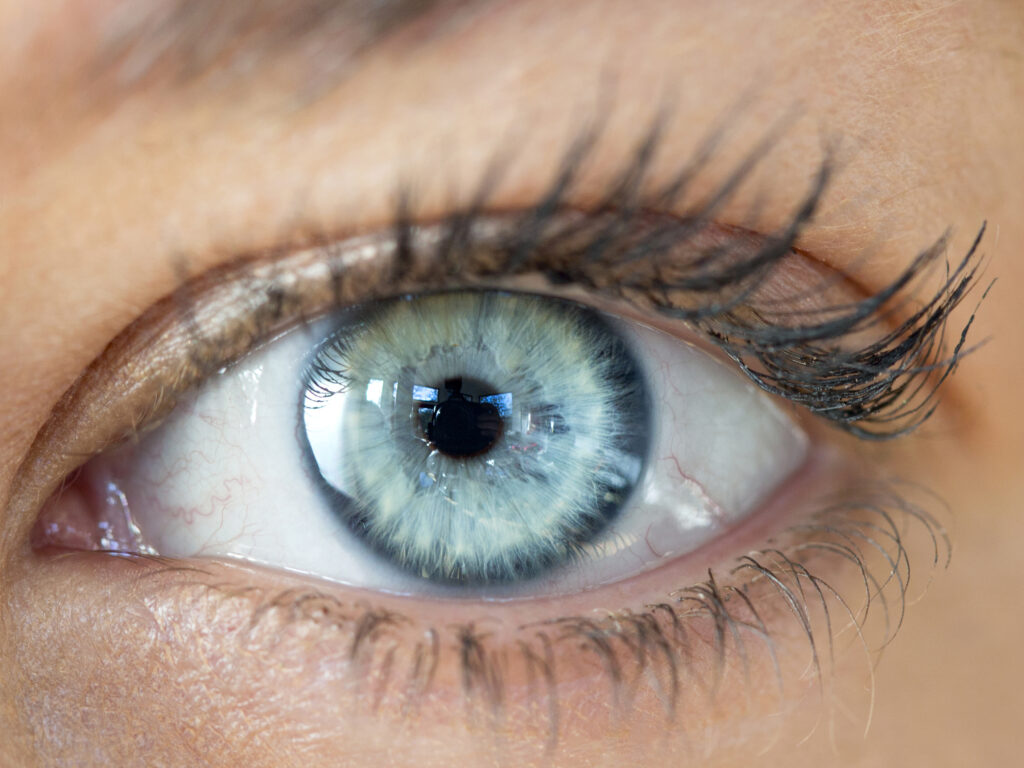
New artificial lens for the correction of presbyopia:
IPCL (implantable phakic contact lens)
Your presbyopia and your refractive error may finally be easily and quickly surgically corrected by a novel lens implant. Even marked astigmatism may be compensated for.
Laser surgery of the eye naturally has its limitations in the presence of high refractory errors and concomitant presbyopia (e.g. due to individual corneal thickness). The implantable contact lens «IPCL» is the optimal solution for correction of your visual defect in such cases.
The IPCL (implantable phakic contact lens) is made of a high-quality, time-tested hybrid acrylic which exhibits long-term stability. The material is stable and biocompatible and prevents the occurrence of undesirable reactions in the eye.
Prolonged or intense exposure to UV light may damage your eyes and increase the risk to eye diseases such as cataract or retinal changes. The high-quality IPLC material contains a UV filter which protects the sensitive tissue of your eyes against harmful UV rays.
All IPCLs have aspherical optics which allow the best possible quality of vision and contrast sensitivity.
The shape and size of each IPCL is adapted individually to your eyes. The IPCL can correct short and long-sightedness, astigmatism and presbyopia.
The IPCL is a soft, implantable lens which may be placed in your eye in addition to the natural lens. This only requires a small incision in the cornea which does not require suturing. The IPCL offers very good quality of vision with predictable results. The IPCL remains permanently in the eye once implanted, but may be exchanged or removed.
The treatment is painless and is undertaken on an outpatient basis under local anaesthesia (no injection). This is a minimally-invasive procedure and lasts about 15 minutes. You may go home (accompanied by someone) after spending a few hours in our eye centre.
The eyes recover quickly after treatment thanks to advanced technology and a rapid healing process backed by special eye drops, so that an improvement in vision is perceived just a few days later.
The success of the operation (i.e. the visual outcome) may be calculated very accurately and the procedure may also be reversed – the lens may be surgically removed from your eye without any consequences.
Artificial lenses have been successfully used worldwide by millions of people with refractory errors for more than 20 years. The IPCL is also suited for people with thinner corneas or dry eyes.
Unlike normal contact lenses, which lie on the surface of the eye (the cornea), the IPCL is implanted between the iris (the coloured part of the eye) and the natural endogenous lens and is not visible from the outside.
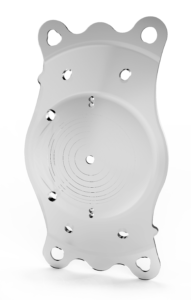
Properties of IPCL
- high-quality correction of vision with clear, sharp and focused images
- good vision under all lighting conditions
- no corneal detachment necessary
- does not cause dryness of eyes
- quick recovery
- short and painless recovery process
- moderately high to high or complicated refractive errors together with astigmatism and even presbyopia may be permanently and precisely corrected
- treatment is reversible – i.e. the artificial lens may be surgically removed from the eye
- Artificial lenses have been surgically implanted for more than 20 years, and the surgical experience of the specialist at the eye centre, Dr. Aus der Au, is correspondingly high
- The lens material stands out due to its extremely good tolerability
- Very high refractive errors may often be corrected in combination with laser treatment
Correction spectrum of the implantable contact lens IPCL
Myopia: up to -30 dioptres
Hyperopia: up to +15 dioptres
Astigmatism: up to 12 dioptres
Presbyopia: +1.5 to 4.0 dioptres

Lens replacement (Clear Lens Extraction)
The lens exchange can be performed in persons from about age 50 with myopia, hyperopia, astigmatism or presbyopia. The natural lens is replaced in these procedures by an artificial lens with optimal refractive power.
In times past, only «one-power lenses» were available, that provided a sharp image for only one distance range. Usually the power of the lens was chosen to give the patient good distant vision, while for the short range the lifelong use of glasses was still required.
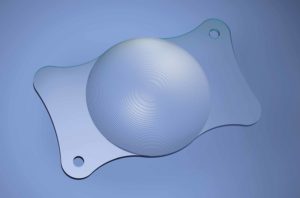
Thanks to a special surface design, the newest artificial lenses now offer good near and distant vision. They thus have the property of imitating the accommodation of the natural lens (adjustment of the refractive power). All eyesight defects (including presbyopia) can thus be corrected durably and precisely.
The implantation of artificial lenses is a pain-free operation. By the use of drops (no injection) the eyes are rendered insensitive. The eye’s own lens is replaced by an artificial lens with the best possible correction. Thanks to an advanced technology and a fast healing process that is further sustained by the application of special drops, the eyes can recover soon after the treatment, and an improvement in visual acuity can thus already be noted after a few days.
In the conventional method, the eye lens is siphoned off by ultrasound from the border of the cornea via an incision of only ca. 2.5mm (made with a scalpel) and the new artificial lens is then introduced into the eye via a small tube. It unfolds in the eye and takes the place of the normal eye lens.
This technique is also applied routinely in case of an opacification of the eye lens (cataract) and is among the most often performed operations worldwide.
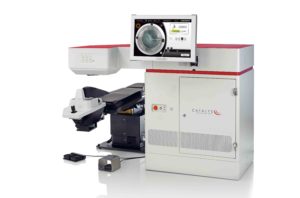
For a long time, this method remained almost witrhout major improvement, until finally, a few years ago, laser technology also conquered this domain. With the laser technology «Femto Phako» it is now possible to operate without a scalpel and to make the implantation of modern artificial lenses both more precise and simpler.
As one of the first eye centers of Switzerland, the Eye center Dr. Aus der Au has been using the novel technique called «Femto Phako» since 2012, which permits highly precise and tissue-sparing interventions on the eye. With this treatment, the tissue of the eye can be worked on even more precisely and sparingly. Several steps, previously carried out by the physician by hand, have been replaced. The lens exchange thus becomes, on the one hand, more precise, since the artificial lens is positioned more precisely, and on the other hand also safer, since laser incisions are always more precise than those guided by hand!
Find more on the subject «Laser-assisted lens surgery» here.
Properties of artificial lenses:
- Results are predictable with high precision
- The natural lens of the eye is removed and replaced by an artificial lens
- Combined sight defects can be corrected (e.g. myopia with astigmatism and presbyopia)
- Artificial lenses are also available in «toric» form, for severe corneal deformations
- Recovery is fast
- Artificial lenses have been surgically implanted for over 20 years, and hence the operative experience of the specialists of the eye center Dr. Aus der Au is considerable
- Excellent tissue compatibility
Range of correction provided by lens replacement
Artificial lenses allow corrections of myopia of -3.00 to -24.0, hyperopia of +1.00 to +12.0 diopters and astigmatism to 7.5 diopters. In combination with a laser treatment even more pronounced sight defects can be corrected.

This could also be of interest to you:
- Physicians Team Eye Centre Dr. Aus der Au
- Seeing without glasses: How does laser eye treatment work?
- Femto Laser Technology: Precise and modern laser technologies in use for a life without glasses or contact lenses
- Calculate the costs of laser eye surgery in Switzerland
- If laser treatment is not possible, lens surgery can be used
Information evening
We organize regular information sessions on the most modern technologies and safest procedures for the correction of visual defects.
Free short test
As a free service we offer in our eye centers in Berne and Fribourg nonbinding free short tests. Book one now!

